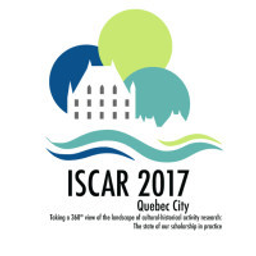Play as interrelation between spontaneous and reactive learning
Thème:
1.1 Social, cultural, linguistic and educational mediation
Quoi:
Paper in a Symposium (Symp)
Partie de:
Quand:
2:10 PM, Mardi 29 Août 2017
(20 minutes)
Où:
Convention Center
- 2105
Comment:
Vygotsky (1935/1995) defines preschool age in terms of systemic changes in the structure of a child’s mental development. He takes into account the difference between spontaneous learning (the child learns by his own program) and reactive learning (the child learns by following the program of the teacher). Between these two forms of learning, play can take a privileged place. In fact, the first signs of future higher functions emerge in play. This is the leading activity of preschool age because it promotes significant developmental gains. In play, children choose roles to invest and in which they assign, decide freely to change and develop the rules of action. In this activity, the child gets used to govern its own behavior not only from his immediate perceptions of objects and situations, but also from the meanings that take these situations (Vygotsky, 1933/2002). The play is also the privileged place for subjectivation of tools and ways of thinking that the child observes, imitates, tests or transforms to internalize better. This is a particular form of imitation: it is linked to the understanding the child has of the situation (Vygotsky, 1928-1931 / 2014). Moreover, in play, the child takes risks, it goes beyond what they could handle in a formal situation imposed. Play creates a zone of proximal development (Vygotsky, 1933/1978). But in play, the child can only work from which it was also proposed in the context of more structured learning situations. This contribution will be the opportunity to question the relationship between learning and development, between appropriation and subjectivation, focusing more specifically on the role of play as a space of potential development.
